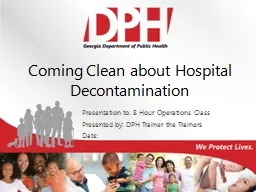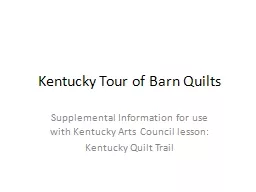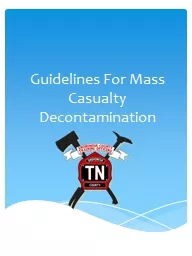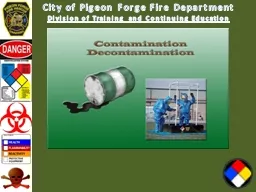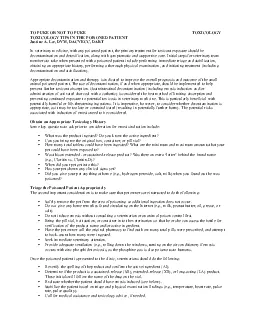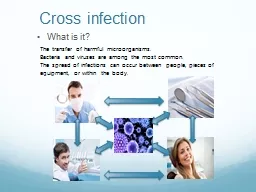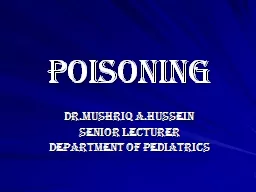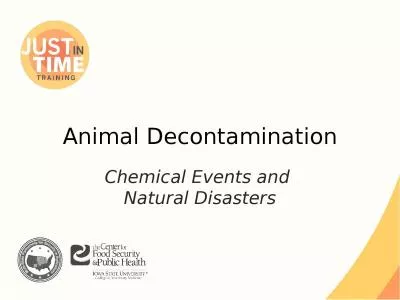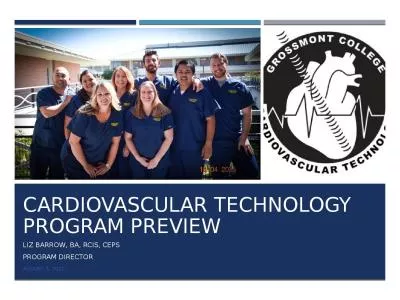PPT-Animal Decontamination MaryEllen Malysiak, BS, CVT
Author : giovanna-bartolotta | Published Date : 2019-06-21
ASPCA Animal Poison Control Center UrbanaIL Decontamination is all about preventing absorption Decontamination is very important as there are very few antidotes
Presentation Embed Code
Download Presentation
Download Presentation The PPT/PDF document "Animal Decontamination MaryEllen Malysia..." is the property of its rightful owner. Permission is granted to download and print the materials on this website for personal, non-commercial use only, and to display it on your personal computer provided you do not modify the materials and that you retain all copyright notices contained in the materials. By downloading content from our website, you accept the terms of this agreement.
Animal Decontamination MaryEllen Malysiak, BS, CVT: Transcript
Download Rules Of Document
"Animal Decontamination MaryEllen Malysiak, BS, CVT"The content belongs to its owner. You may download and print it for personal use, without modification, and keep all copyright notices. By downloading, you agree to these terms.
Related Documents


